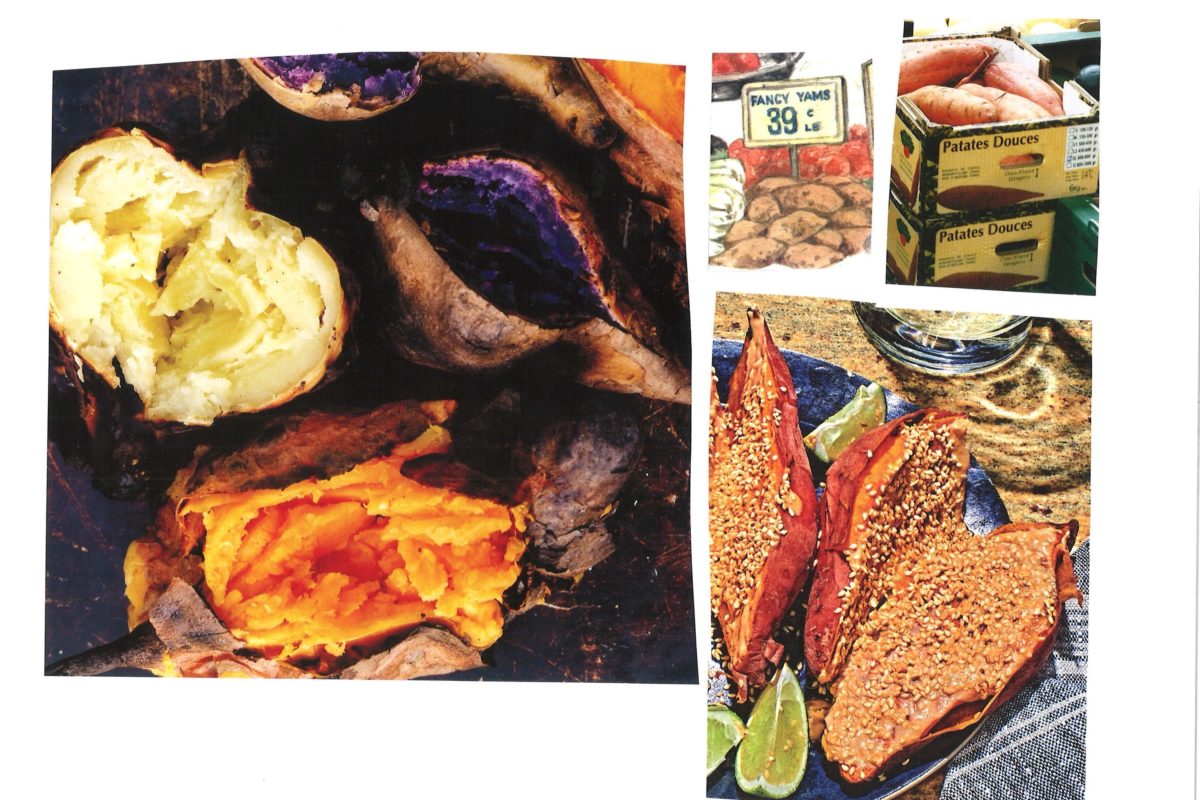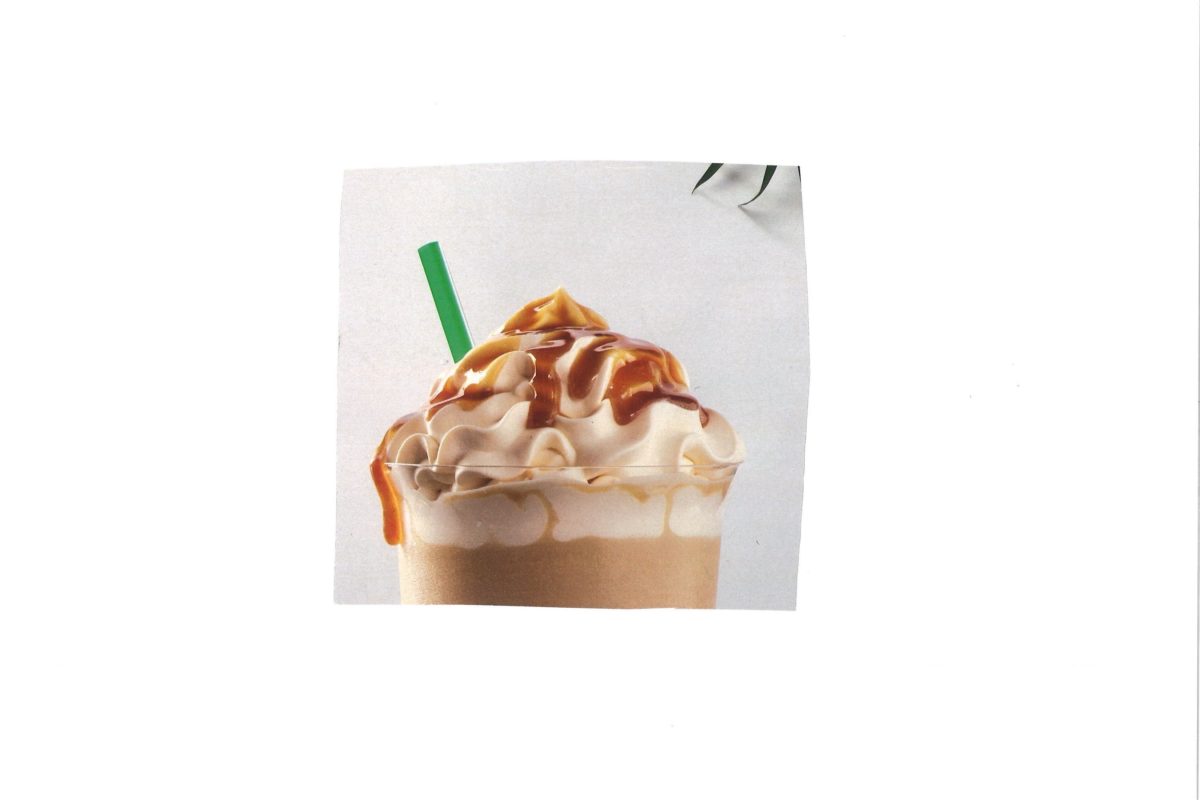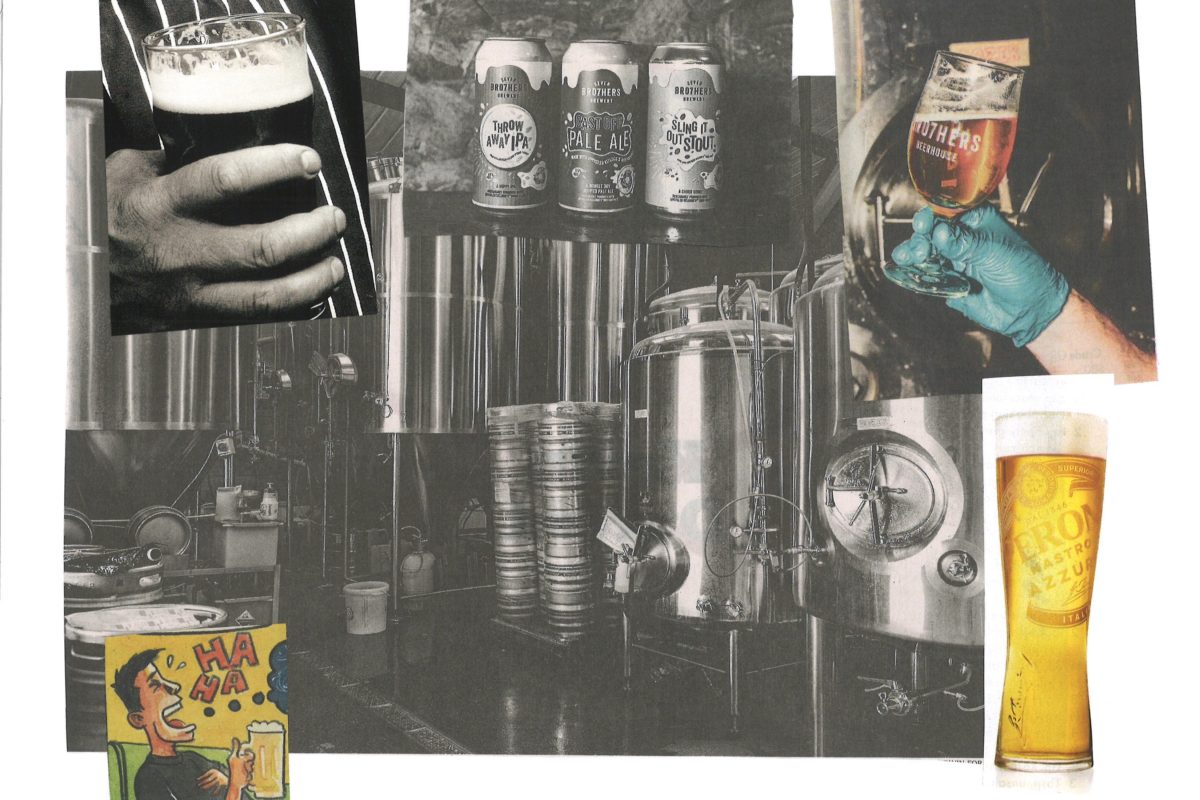What’s the Difference Between Sea Salt, Kosher Salt, and Table Salt?
Salt, as we learn in high school, is just NaCl: a compound made from numbers 11 and 17 on the periodic table, a material so simple that it’s treated as the most basic example of how chemistry works. So why, in real life, is salt so complicated? Why is the molar mass of NaCl taught to fidgety teens instead of the differences between the various salts we consume every day? Luckily, What’s the Difference is here to step in where your AP Chem teacher failed you.
Let’s start with table salt. Table salt is made of small, regular, cubic crystals and is usually mined from underground rock-salt deposits (rather than gathered from sea water). As much of 2% of its weight is made up of additives that keep the salt crystals from sticking together—including silicon dioxide, which is used in glass and ceramics—and then more additives to keep those additives from sticking together. It’s also the densest of the salts, which makes it the slowest to dissolve—and when it does dissolve, those additives can make something like a brine look and taste murky.
On the other side of the purity spectrum is kosher salt, which is relatively more pure than the other salts on the market. Kosher salt can come from either salt mines or the sea, and it was originally used in the koshering process of meats; the salt would remove impurities and draw the blood out of whatever animal was meant to be koshered. Lots of cooks now use kosher salt in all kinds of cooking; its coarse, uniform texture makes it easy to grab, and at around $1 per pound, it’s inexpensive.
A note about kosher salt: the two top brands on the market, Diamond Crystal and Morton, behave very differently. Morton is much denser than Diamond Crystal, and therefore a volume measurement (like, say, a tablespoon) will be “saltier” than DC. Morton also takes longer to dissolve, which makes it easier to over-salt a dish with it; if you taste a dish right after salting it, it won’t taste as salty as it will be when all the salt dissolves. When given the choice, then, many cooks typically prefer Diamond Crystal over Morton.
Moving on: sea salts, as their name implies, come from the sea; they’re produced through the evaporation of sea water or water from saltwater lakes. They often contain natural minerals, like magnesium and calcium, as well as teensy bits of natural sediments that can affect their color: think Hawaiian pink salt or French sel gris. Sea salt can come in various coarseness levels—and on the coarser end, the crystals can be irregular, making them better for garnish or texture rather than for workhorse-cooking.
If you’re looking for even fancier crystals, there’s also flake salt and fleur de sel. Flake salt, like Maldon, comes in flat, extended flakes rather than granules; those flakes are made either through evaporation or by rolling out granulated salts by machine. And fleur de sel is specifically made from the crystals that form on the sea-salt beds in central or Western France, when the humidity and breeze are just right; they’re scooped off of the surface just before they have the chance to dunk beneath the water. Sounds like fancy salt production, yes, and like a dream vacation, too.
If you liked this, subscribe to the What’s the Difference newsletter here!






